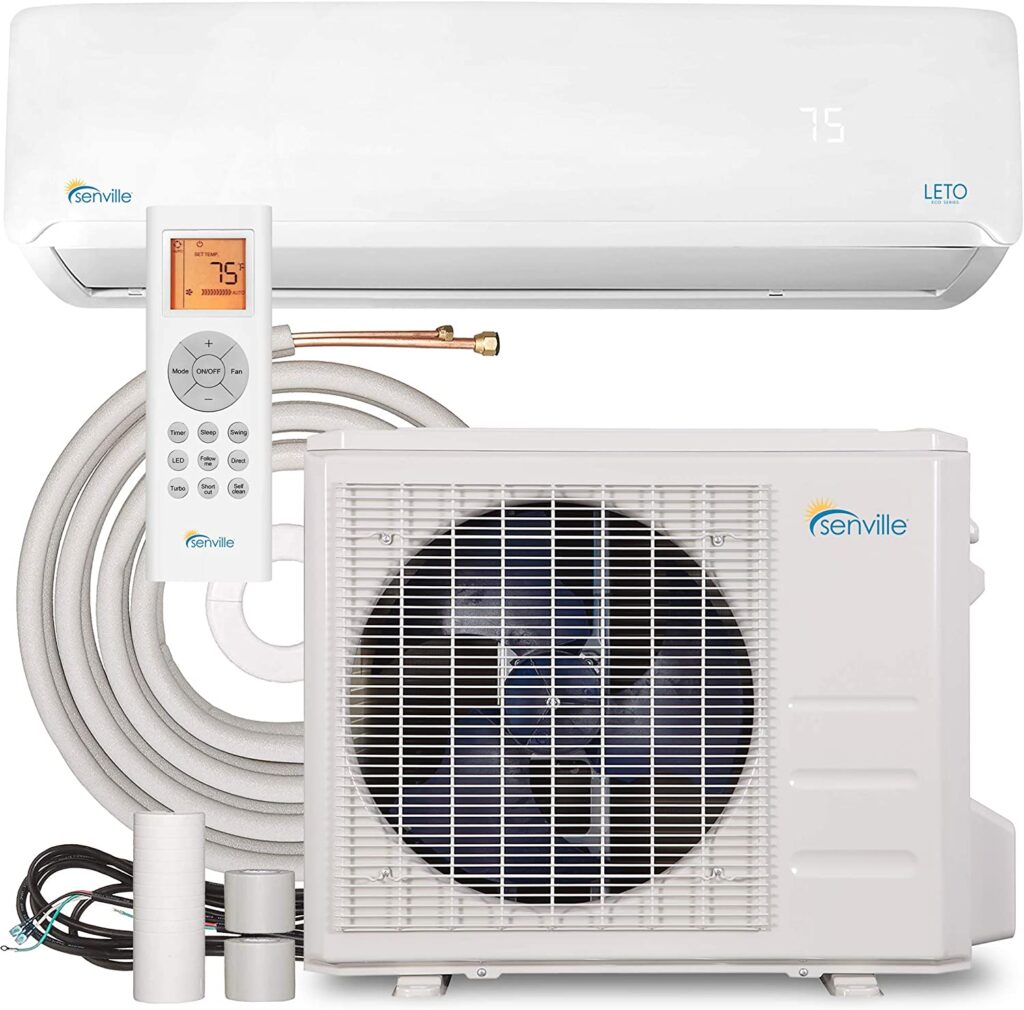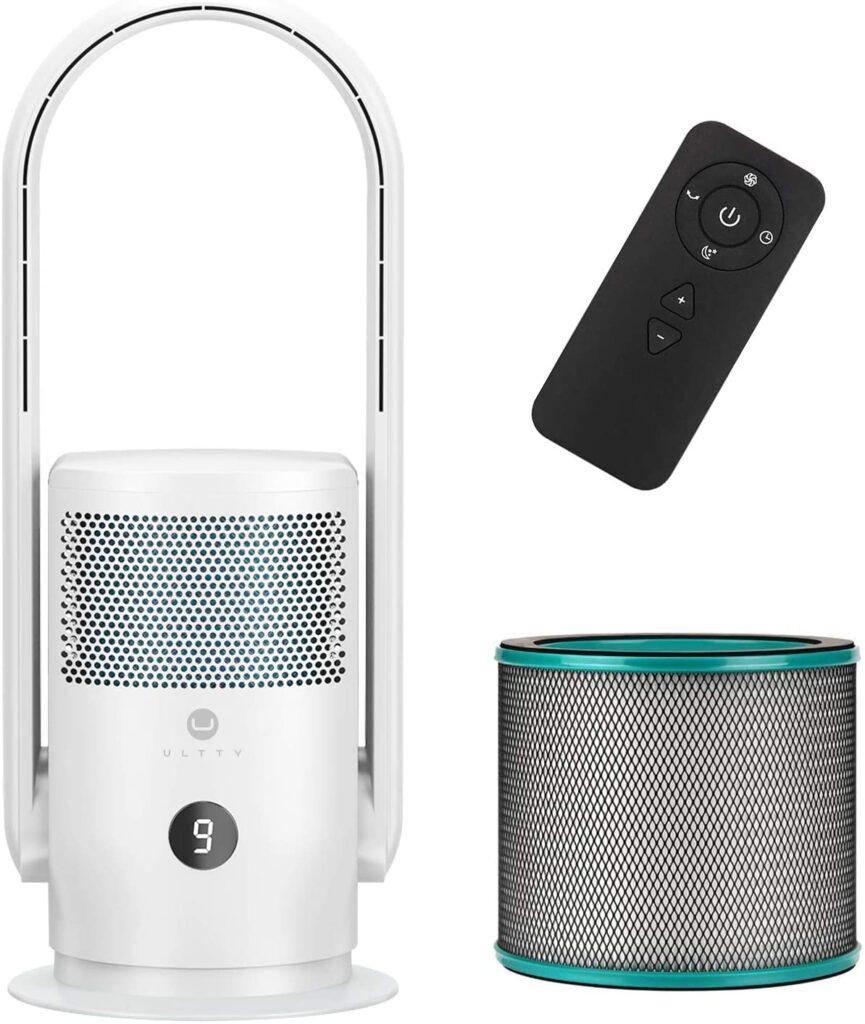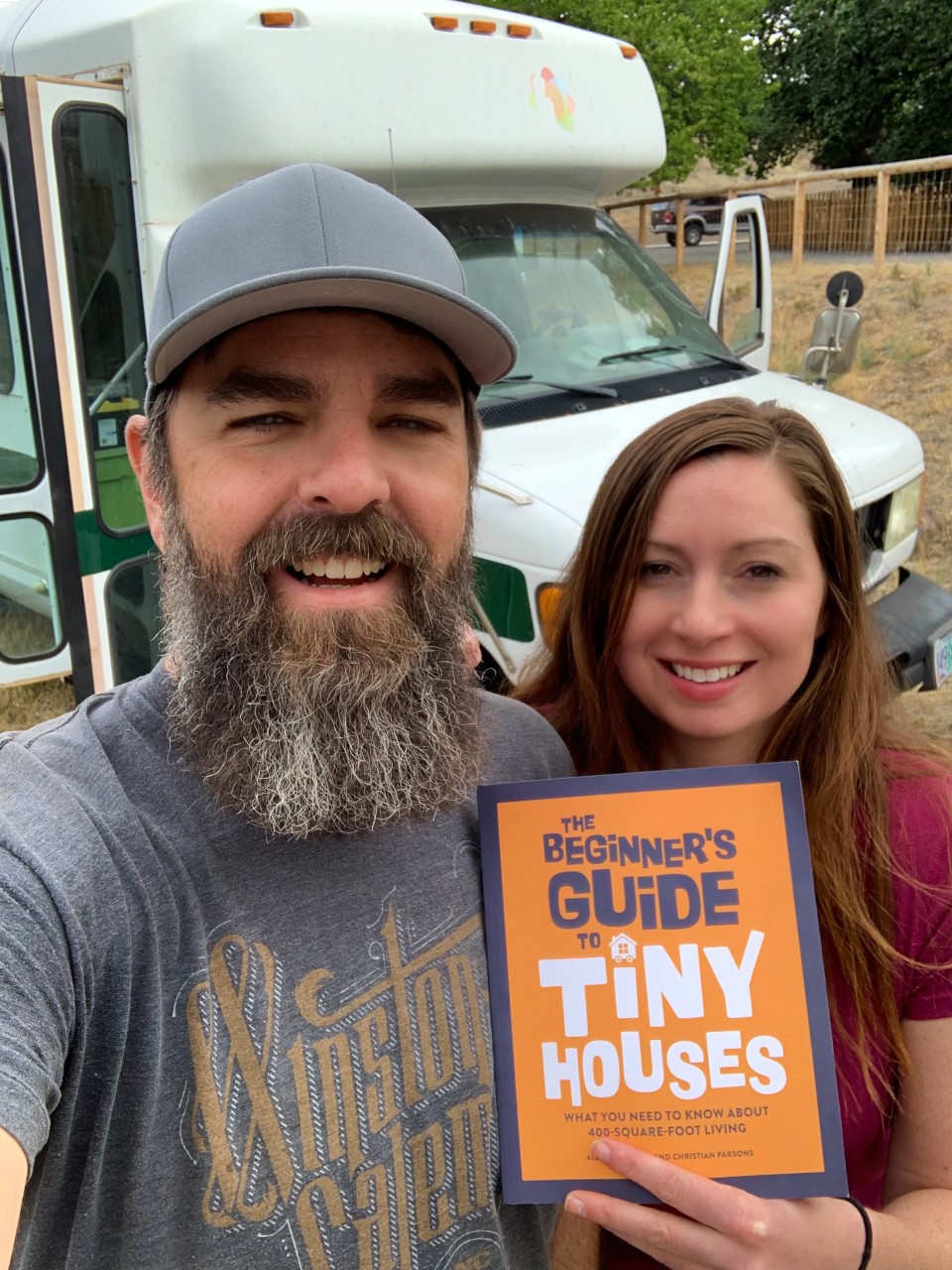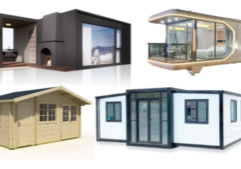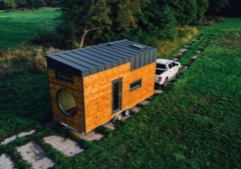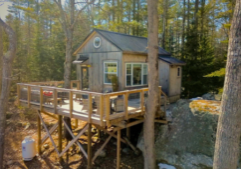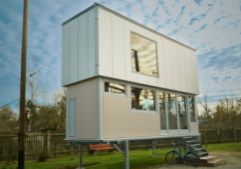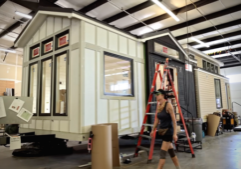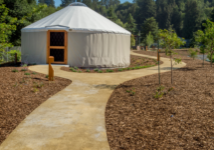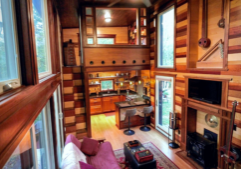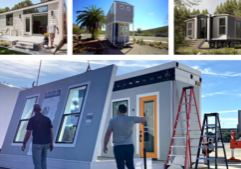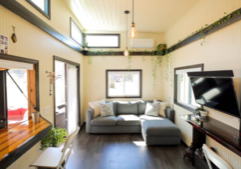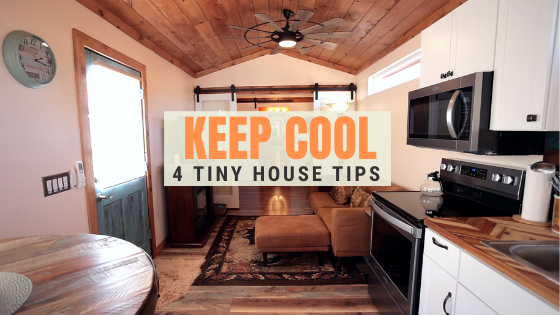
Keep Your Tiny House Cool This Summer: 4 Tips
Begin prep to keep your tiny house cool during the build phase...just like keeping it warm.
Tiny houses are growing in popularity due to cost-effectiveness, eco-consciousness, and mobility. However, thanks to their compact spaces, small houses can heat up faster, especially during summer, compromising your home’s comfort. Read on for four ways to keep your tiny house cool this summer.
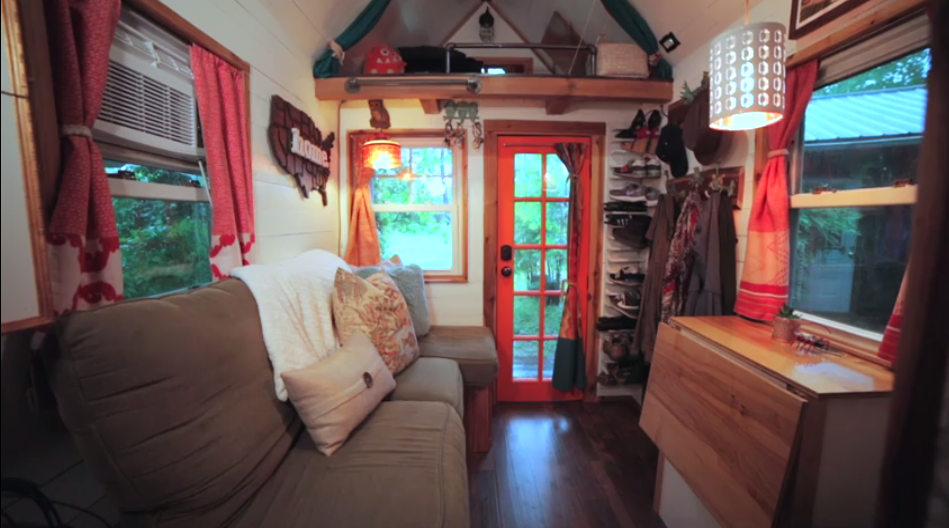
1) Install an HVAC system
The heating, ventilation, and air conditioning system (HVAC) controls your home's temperature through heating and cooling. It also contains the distribution and movement of air inside a home, adjusting the humidity levels. Also, choosing an option with a dehumidifier built-in is especially helpful in more humid climates. A heat recovery ventilator (HRV) is an additional element worth installing to further maintain optimal air quality and prevent mold and mildew buildup in hot or cold weather.
Top AC options to keep your tiny house cool this summer:
a) Window air conditioners
Window air conditioners are perfect for cooling your tiny home as they do not take additional space in your living area and are cost-effective (starting at $130). They are also easy to install, so there's no need to hire a professional. Choose from a variety of window units of different sizes and features.
In our personal tiny house experience, we recommend a model with a thermostat (so it won't constantly run), an eco setting to conserve energy, and a lower decibel rating. A remote control is a great addition too!
Keep in mind if the AC unit doesn't come with some kind of side panel, you'll need to buy this separately. Alternatively, you can make something to fill the empty space next to it when placed in your window.
An easy DIY tiny house project:
For our tiny house window AC unit, we created finished plywood panels for the interior and exterior. First, we measured and cut it to the appropriate size. Then, we painted it white for a tidy appearance. In between the wood pieces, we placed a piece of board foam. This is actually a superior option for energy savings compared to available side panels. Finally, we used a foam strip to cover any leftover tiny open crevices.
b) Wall-mounted air conditioner
If you live in an area that experiences a hot climate all the time, you should consider investing in wall-mounted AC to cool your home. These also do not take up too much space, so they are an excellent fit for a tiny house. However, ductless mini-split systems need the refrigerant line to be cut and then charged. It's advisable to hire HVAC professionals to install, like 888 Heating or other local companies offering installation services. Fortunately, they do not have a complex installation procedure, so it'll keep experienced contractor costs low.
Mini-split systems provide a convenient way to cool or heat your tiny house if you intend to experience a range of climates when traveling. The mini-split systems contain an evaporator coil cooled with refrigerant. During the summer, the warm air blowing over your house is absorbed by the evaporator coils then transferred to the outdoor units, cooling your home.
Additionally, mini-split systems do not require ductwork and are compact. So they don't take up much interior space, making them a conventional heating and cooling option for tiny homeowners. However, don't forget it's a two-part system, and the outdoor compressor unit needs to be mounted on the exterior of your house.
2) Insulate your home
Insulation is a practical way to help maintain a tiny house's ideal indoor temperatures. With the proper insulation installed during the build phase, you can block heat from entering your home during summer and keep it inside during winter. This means maintaining lower energy costs because less heat or cool air is lost. By that, we mean insulated walls reduce heat transfer in and out of a house.
3) Optimal window placement
Opening the windows at night allows the natural breeze to cool your tiny home. You want to ensure optimal placement of opening windows to maximize this opportunity. So think cross-ventilation from the front to back and side to side of your house.
Be sure to lock your windows and close the curtains during the hottest part of the day to keep the heat out. Do not open them when the air conditioner is still running, as this could overwork the system leading to more energy consumption.
4) Invest in a ceiling fan
Fans provide a great way to distribute cool air throughout your home. The best option is a ceiling fan. It's a great addition to your tiny house as it doesn't occupy any floor space. Although you'll want to choose the size and style that fits best, roof pitch is a crucial measurement.
Consider setting your ceiling fan to rotate anticlockwise at a low speed. This will push hotter air towards the ground and the cool air upward, creating a refreshing wind chill effect. Another air circulation hack is to place a compact oscillating tower fan in your loft to help push the ceiling fan breeze around your tiny house, especially the hottest area, the upstairs.
Keep Your Tiny House Cool this Summer
Cooling your tiny home does not have to be complicated this summer. But it begins in the build phase, so invest in a one-to-three part HVAC system (like mini-split and HRV) and high-quality insulation. And when you can, open the windows and turn on the ceiling fan to keep your tiny house cool— maintain ideal temperatures and low energy bills.

